Japan stands out as one of the world’s premier destinations for solo adventurers, with only 0.2 intentional homicides per 100,000 people — 30 times fewer than in the United States. The country maintains one of the lowest crime rates globally, with only 0.2 violent crimes per 100,000 residents, while its sophisticated infrastructure and cultural respect for rules create an incredibly secure environment. The lost-and-found system alone speaks volumes about Japanese society — 73% of lost items are returned to owners. Whether you’re a first-time solo traveler or a seasoned wanderer, these cities offer the perfect blend of safety, accessibility, and authentic Japanese experiences.
Here is a list of fifteen remarkably safe Japanese cities where solo travelers can explore with complete confidence while discovering the country’s rich cultural tapestry.
Tokyo
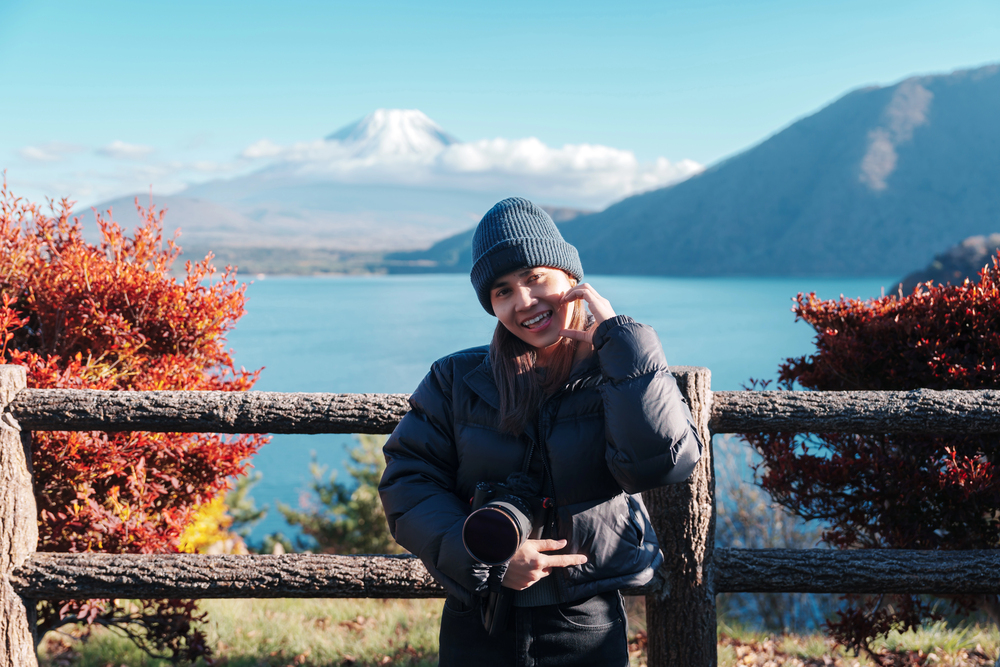
Tokyo proves that massive cities can still feel incredibly safe for solo explorers. Tokyo is extremely safe. You can go for a walk carrying 20,000 yen with you at 23:30 down a deserted alley and not have to worry about a thing. Even if you’re a 5’4″ female, drunk and alone. The capital’s extensive CCTV network, well-lit streets, and 24/7 convenience stores create a protective bubble around visitors. Despite having over 14 million residents, petty crime remains remarkably rare, and violent incidents are almost non-existent in tourist areas.
Kyoto
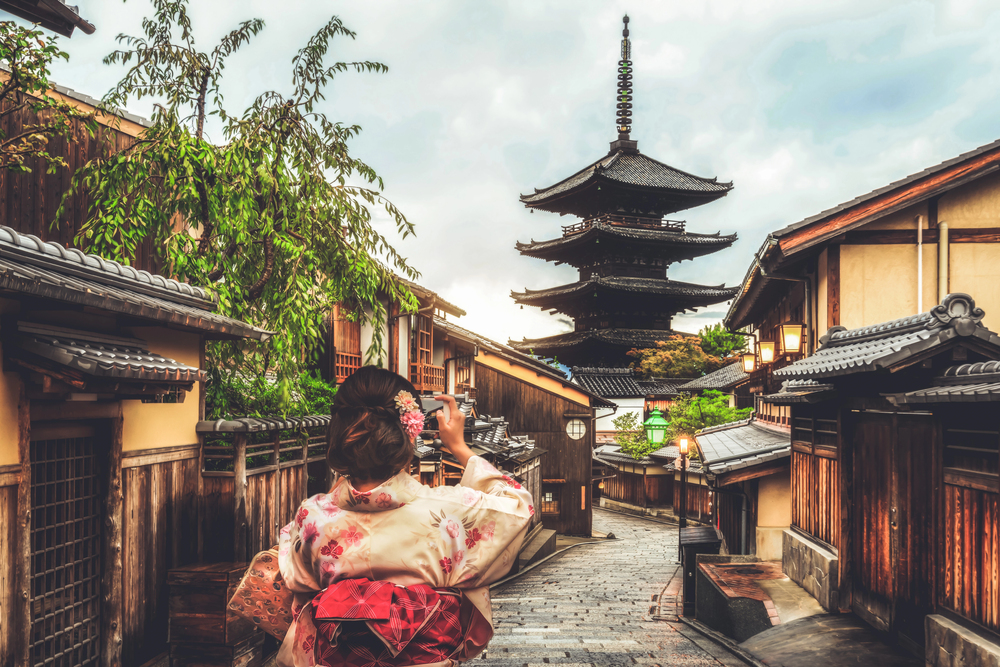
— Photo by BiancoBlue
Often called Japan’s cultural heart, Kyoto combines ancient temples with modern safety measures. Kyoto is considered the safest city in Japan since the crime levels are very low. It is one of the very few cities that is safe to walk at night and to travel on public transport. The city’s narrow streets, which once hosted samurai and geishas, now welcome solo travelers who can wander freely among over 2,000 temples and shrines. The preserved Edo-period architecture creates an almost museum-like atmosphere where respect for tradition extends to personal safety.
Osaka

Japan’s kitchen delivers both incredible food and exceptional safety for solo diners and explorers. The overall risk of living in Osaka is quite low. The crime rate, as with most Japanese cities, is very low, with 63,213 reported crimes in 2013 and a population of 2,683,487, which means that the crime rate per 100 is 2.36. While pickpocketing can occur in crowded areas due to the high population density, violent crime remains virtually unheard of. Solo travelers can safely experience the famous nightlife and street food culture that makes Osaka legendary.
Hiroshima
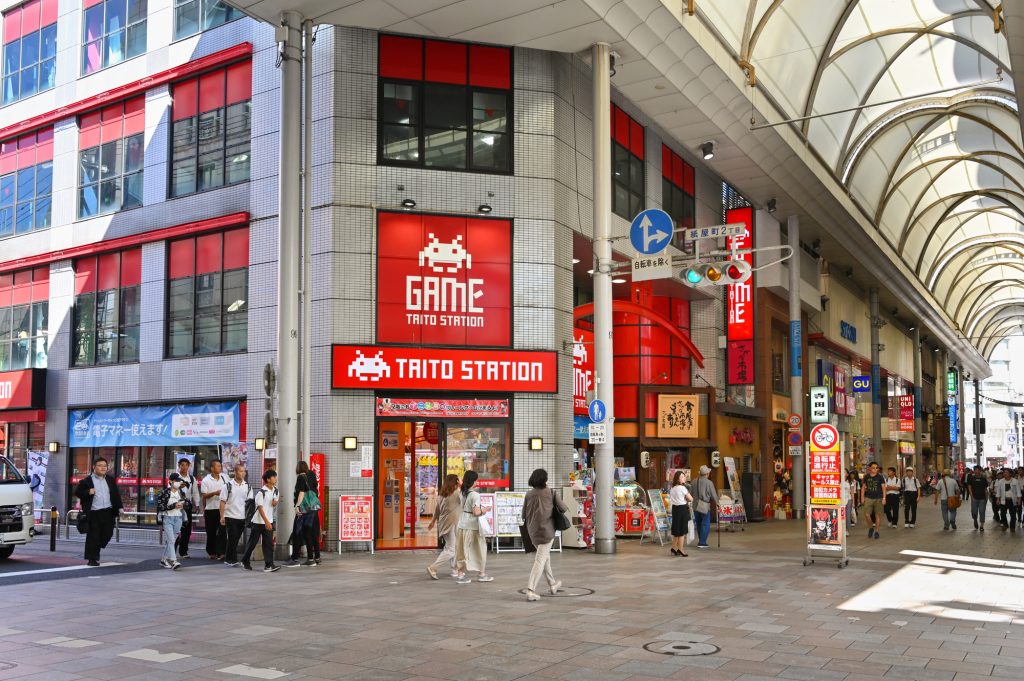
This historically significant city has transformed into one of Japan’s most peaceful destinations. Out of the 1,900,000 people, there were only 11,000 crimes reported, which makes the ratio 0.97, giving Hiroshima one of the world’s best crime rates. Beyond the Peace Memorial Park, solo visitors can explore beautiful gardens, Hiroshima Castle, and the legendary food scene — particularly the city’s famous okonomiyaki — all while feeling completely secure.
Sendai
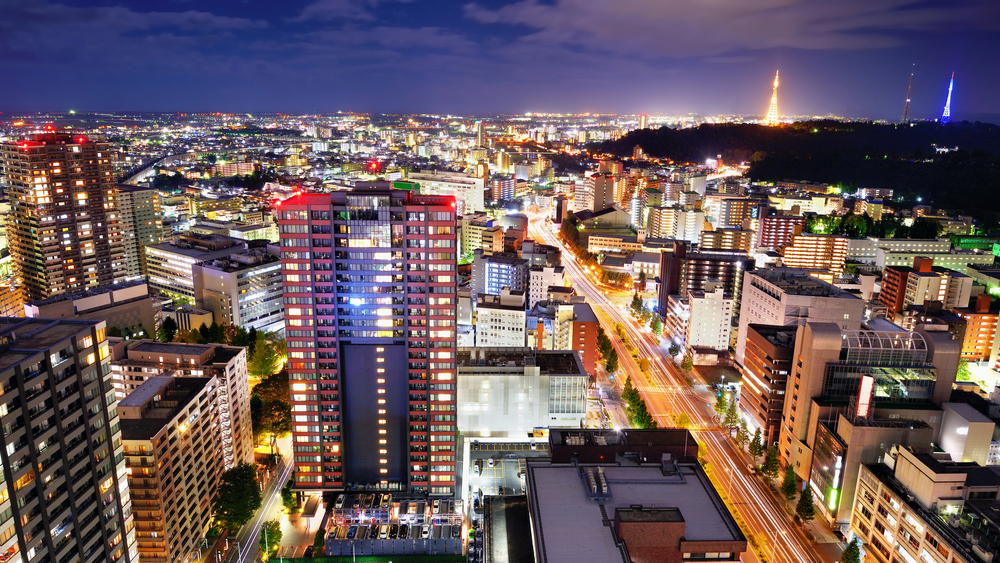
Northern Japan’s largest city offers urban amenities with small-town safety levels. Out of the 1 million people, there were only 11,000 reported crimes. Making the ratio 0.96! Known as the ‘City of Trees,’ Sendai provides an excellent base for exploring the Tohoku region while maintaining remarkably low crime statistics. The city’s wide boulevards and green spaces create an open, welcoming atmosphere where solo travelers can easily navigate.
Kanazawa
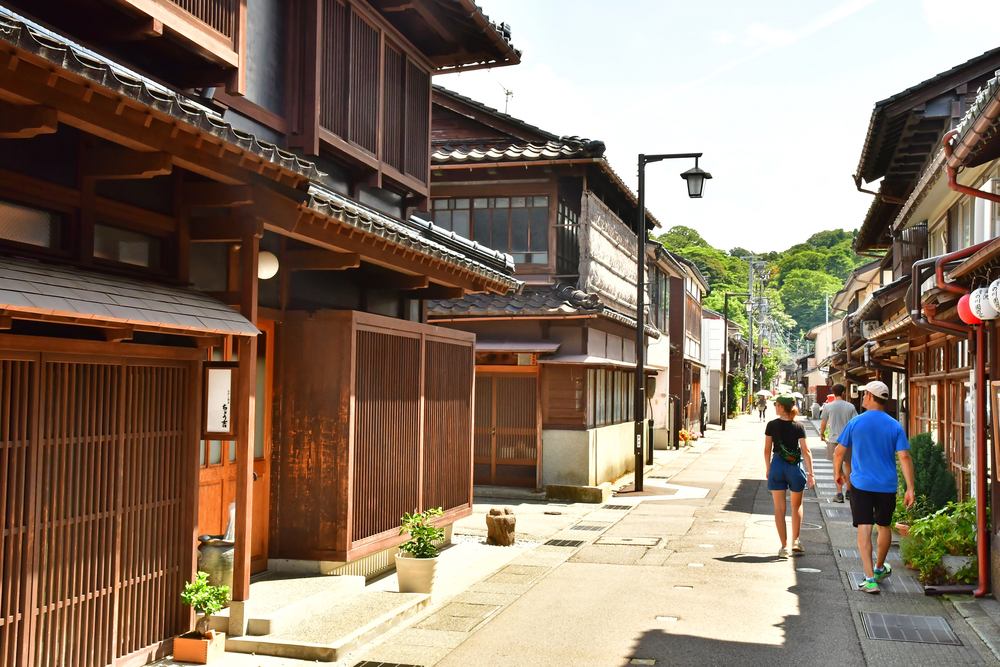
— Photo by packshot
This well-preserved castle town offers an authentic glimpse into Japan’s feudal past without compromising on safety. Often compared to historic Kyoto, Kanazawa offers a less crowded alternative for experiencing traditional Japan as a solo traveler. The city’s Edo-period districts, including the famous geisha quarter and samurai residences, can be explored on foot with complete confidence. Kenrokuen Garden, one of Japan’s three great gardens, provides a serene escape where solo visitors often spend hours in peaceful contemplation.
Nara
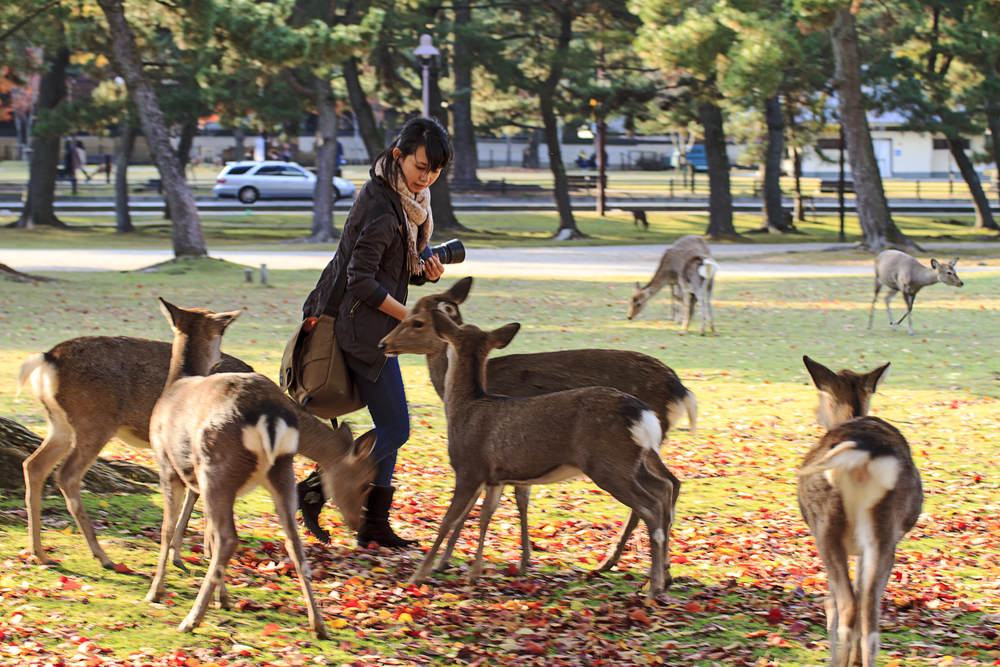
— Photo by nicholashan
Japan’s first permanent capital remains a haven of tranquility where sacred deer roam freely alongside visitors. The city’s UNESCO World Heritage sites, including Todaiji Temple with its massive bronze Buddha, attract thousands of tourists daily, yet crime remains virtually non-existent. Nara was once Japan’s capital city and is now home to three UNESCO World Heritage Sites. Solo travelers can spend days temple-hopping through Nara Park, where the biggest safety concern is overly friendly deer demanding treats.
Takayama
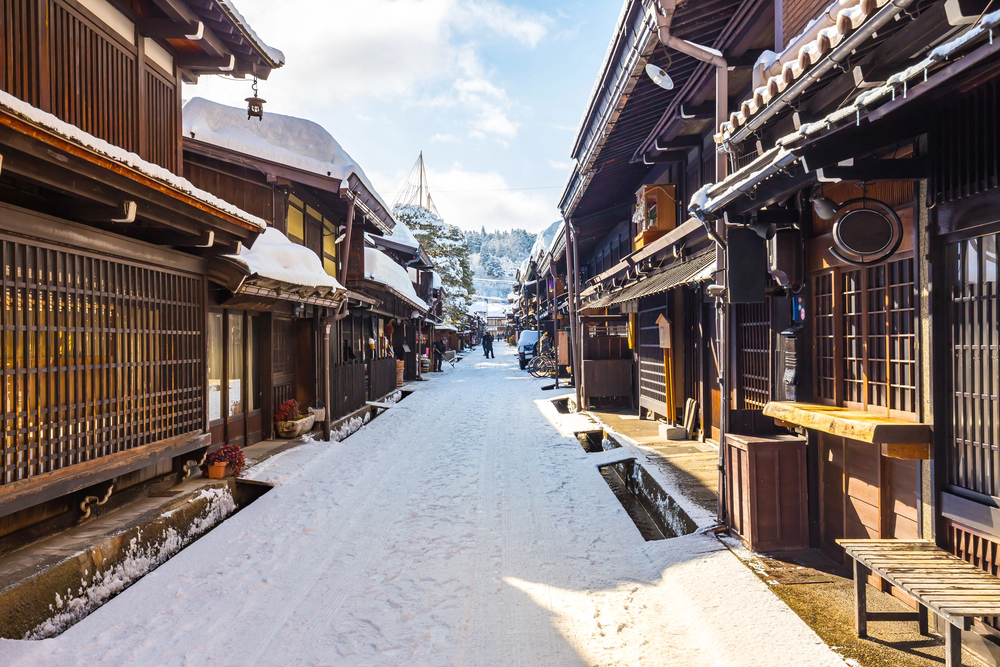
Nestled in the Japanese Alps, this mountain town preserves Edo-period charm while offering modern safety standards. According to statistics, only 6% of tourists to Japan visit Takayama, but I believe it is another perfect Kyoto alternative! The beautifully preserved old town, with its sake breweries and traditional wooden buildings, feels like stepping back in time. Solo travelers can safely wander the narrow streets, sampling Hida beef and exploring morning markets without any security concerns.
Matsumoto
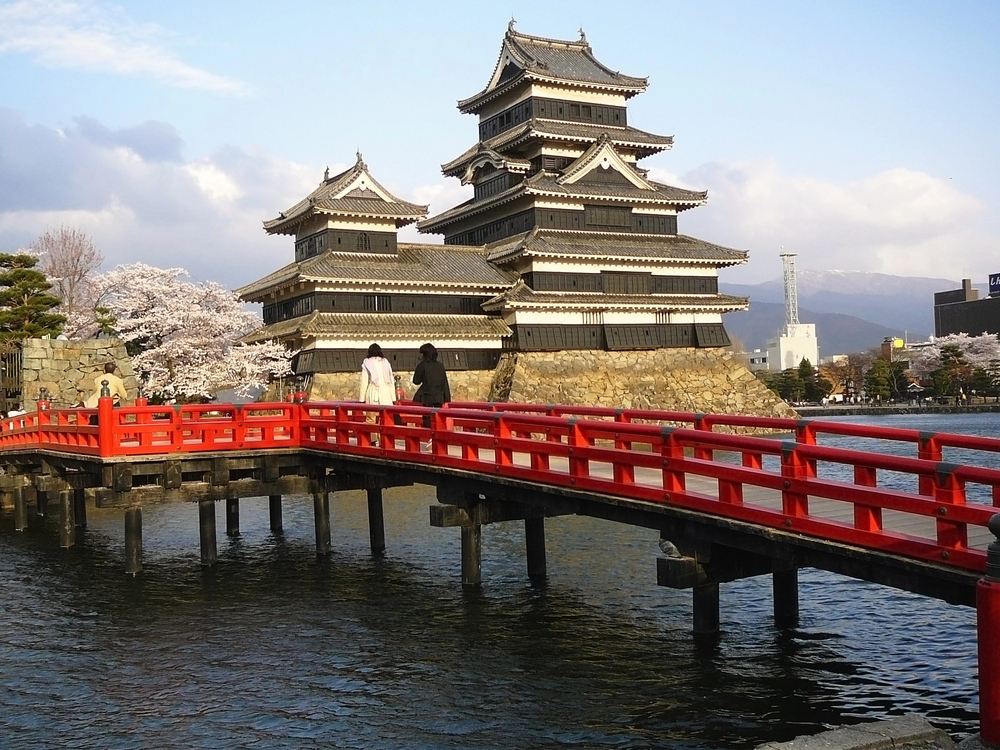
This castle town in Nagano Prefecture combines stunning Alpine scenery with exceptional safety records. Matsumoto, located in nature-filled Nagano Prefecture, is a classic castle town in Japan that charms all who visit. The dramatic backdrop of the Japanese Alps frames Matsumoto Castle, one of Japan’s national treasures, where solo visitors can explore the historic keep and surrounding grounds. The city’s compact size makes it perfect for walking, while its location provides easy access to mountain adventures.
Fukuoka
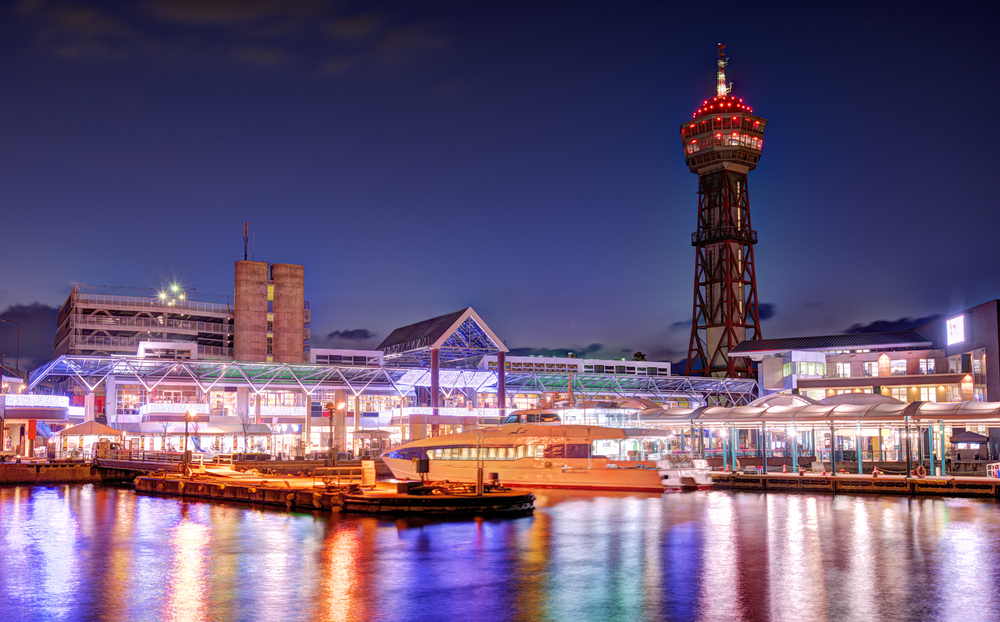
Southern Japan’s largest city on Kyushu island offers urban excitement with remarkable safety levels. It has a population of 2.5 million people and only 23,399 crimes reported, which puts the crime rate per 100 at 1.55. Known for its incredible food scene — particularly tonkotsu ramen and bustling yatai street food stalls — Fukuoka allows solo travelers to experience authentic Japanese nightlife safely. The city’s bridges become impromptu venues for live music and socializing after dark.
Kamakura
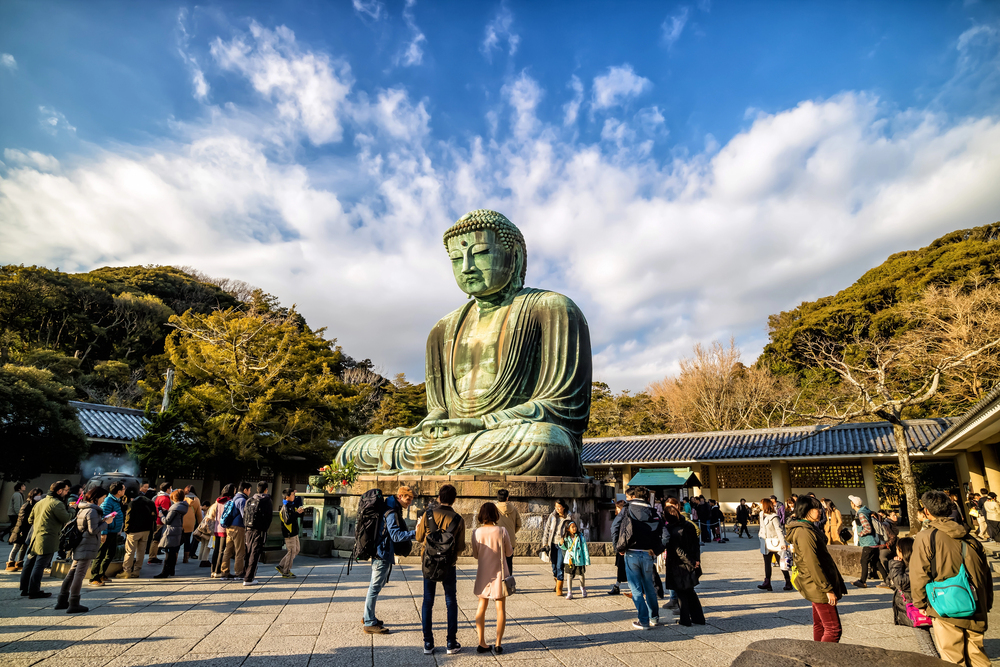
This coastal town south of Tokyo blends beach culture with spiritual heritage in complete safety. Home to the iconic Great Buddha statue and numerous ancient temples, Kamakura offers solo travelers a perfect day trip or longer stay. The town’s relaxed atmosphere, combined with its proximity to both mountains and ocean, creates multiple exploration opportunities. Whether hiking temple trails or surfing at nearby beaches, visitors consistently report feeling secure throughout their adventures.
Nikko
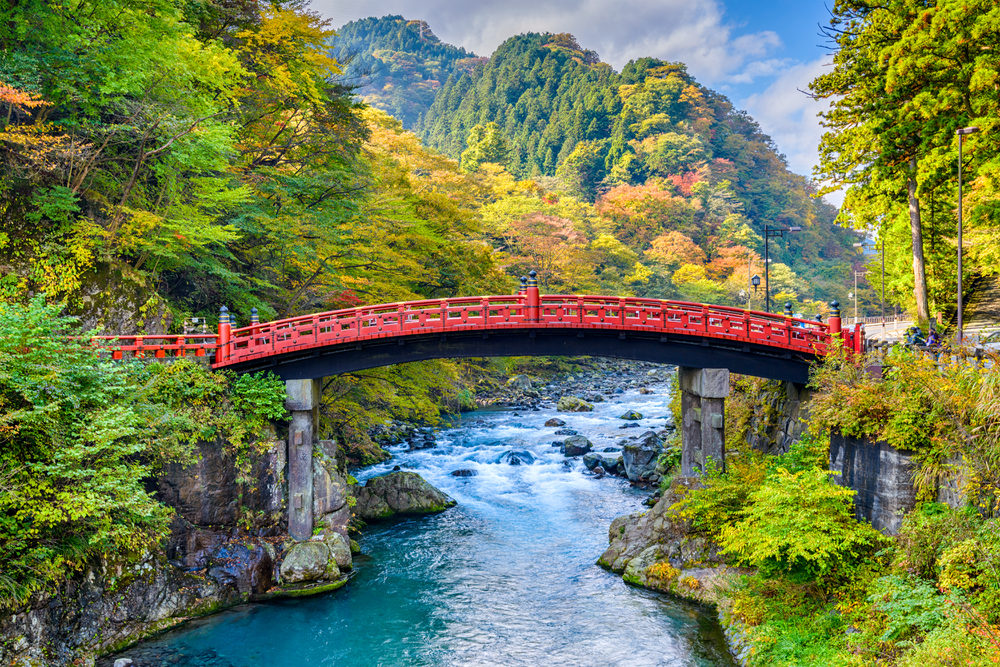
This mountain town houses some of Japan’s most ornate temples and natural beauty while maintaining excellent safety standards. Nikko, home of the Nikko Toshogu Shrine, a UNESCO World Heritage Site dedicated to Shogun Tokugawa Ieyasu. The elaborate shrines, including the famous ‘Three Monkeys’ carving, sit amid pristine forests and hot springs. Solo travelers can spend days exploring the temple complexes, hiking trails, and relaxing in traditional onsen without any safety concerns.
Atami
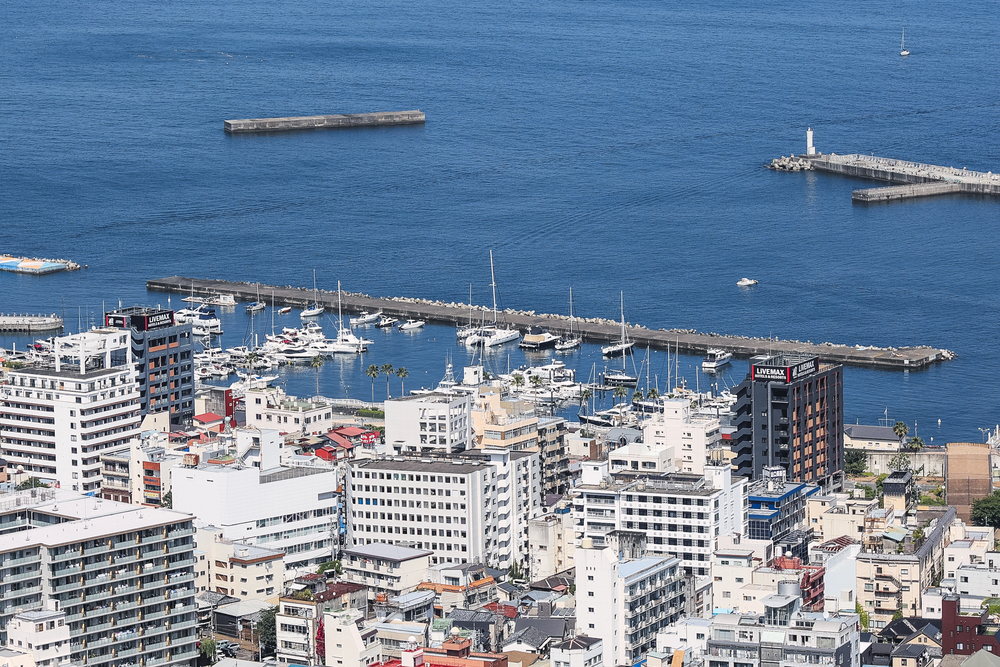
This historic hot spring resort town on the Izu Peninsula combines coastal beauty with mountain views in a supremely safe environment. Famous for its therapeutic onsen and stunning ocean vistas, Atami has been welcoming visitors for over 1,200 years. Solo travelers can safely explore the hillside temples, art museums, and seaside walks while enjoying some of Japan’s finest hot spring baths. The town’s compact size and tourist-friendly infrastructure make navigation effortless.
Yokohama
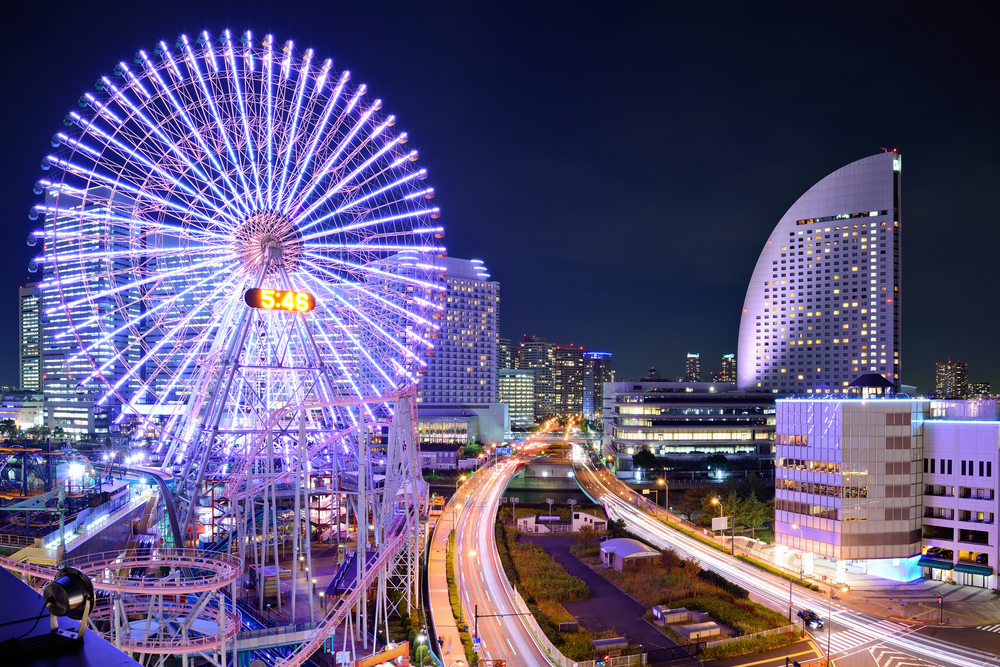
Japan’s second-largest city offers big-city amenities with family-friendly safety levels. Even though it is Japan’s second largest city, the port city of Yokohama sees just a fraction of Tokyo’s or Osaka’s tourists. The waterfront Minato Mirai district, Chinatown, and historic Sankeien Garden provide diverse experiences for solo explorers. The city’s well-lit streets, efficient transportation, and helpful English signage make it particularly welcoming for international solo travelers.
Himeji
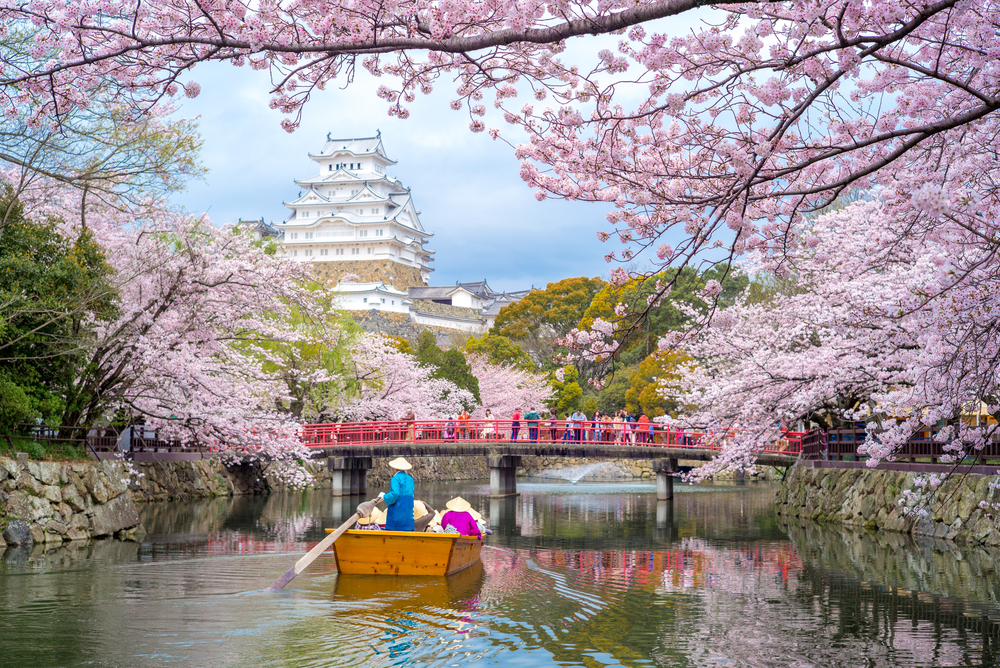
This castle town in Hyogo Prefecture showcases Japan’s finest feudal architecture while maintaining impeccable safety standards. Home to a UNESCO World Heritage Site castle, Himeji is worth a special trip for the Himeji-jo castle alone. The pristine white castle, known as the ‘White Heron Castle,’ sits amid beautiful gardens and historic districts that solo travelers can explore freely. The city’s manageable size and clear tourist routes make it ideal for independent exploration without any safety concerns.
Where tradition meets tranquility
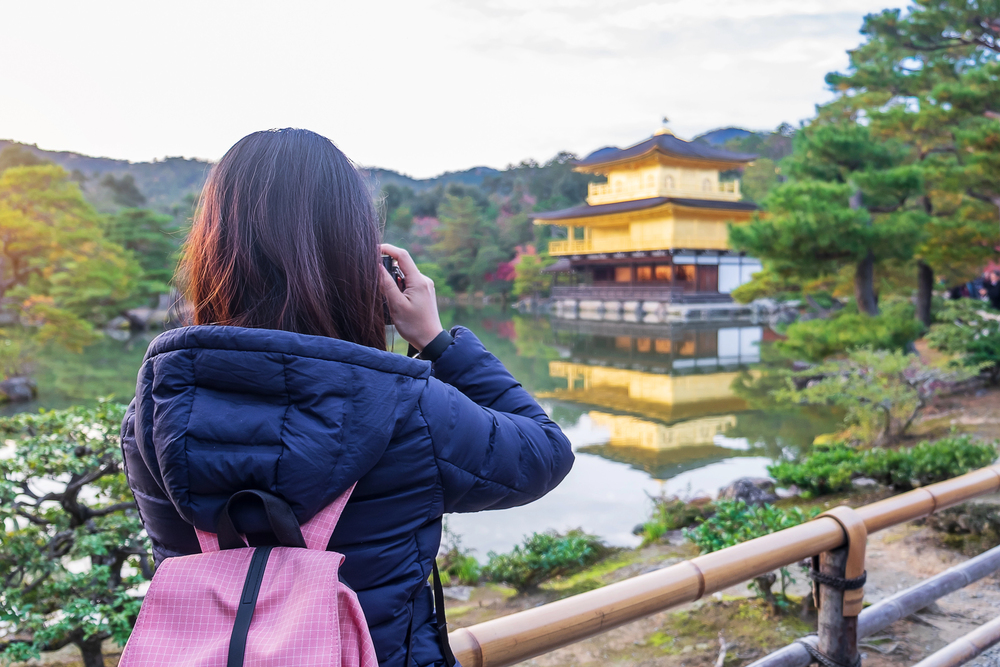
These fifteen cities represent Japan’s remarkable achievement in creating urban environments where solo travelers can explore with unprecedented freedom and safety. From the neon-lit streets of Tokyo to the temple-dotted hillsides of Takayama, each destination offers unique experiences while maintaining the country’s legendary commitment to public safety. Japan excelled for its low violent crime rates, few violent demonstrations, difficult access to weapons and high political stability.
The combination of advanced infrastructure, cultural respect for order, and genuine hospitality creates an environment where solo adventurers can focus entirely on discovery rather than security. Whether you’re seeking spiritual enlightenment in ancient temples, culinary adventures in bustling markets, or simply the joy of wandering through perfectly preserved historic districts, Japan’s safest cities provide the ideal backdrop for transformative solo travel experiences.
More from Travel Pug

- 20 Best Beach Towns in the Carolinas
- 13 Destinations Where Tourists Regularly Regret Their Trip
- 20 Things You Actually Get in First Class
- 20 Small Airports With Aviation Museums
- 20 Places in the U.S. That Are Perfect for a Reset Trip
Like Travel Pug’s content? Follow us on MSN.
